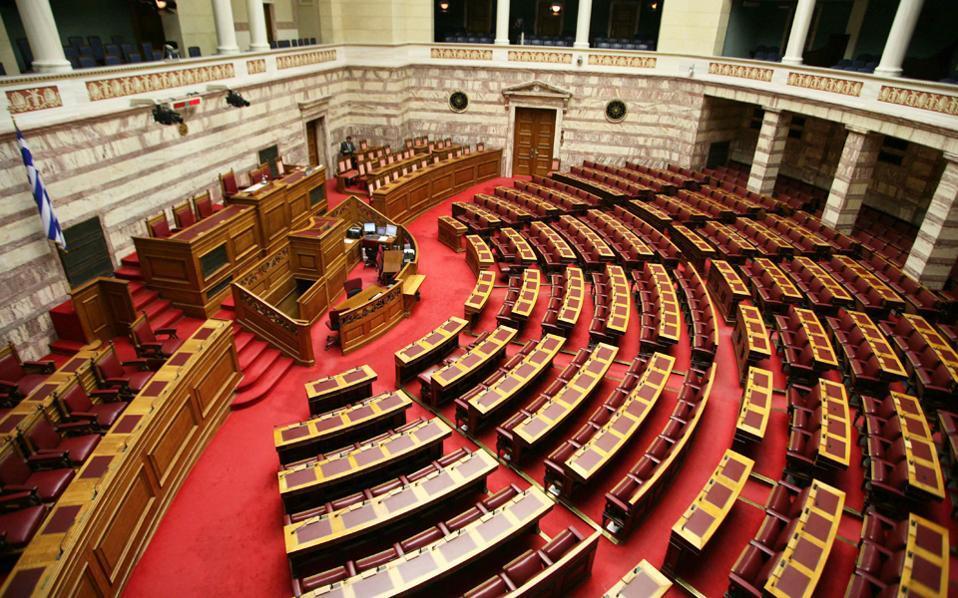The revolving door of Greek governance

Three years ago, an article in France’s Le Monde prophesied that Greece would probably be the last country to end its bailout program even though it was the first to sign one. Indeed, for the past eight years, Greece more than any other bailed-out eurozone country has been locked in an economic death spiral that makes it appear as though it’s running circles around itself.
One aspect of efforts to deal with the crisis, is frequent changes in government and an abundance of ministers – even for Greek standards. Since the first memorandum government of George Papandreou to the present administration of Alexis Tsipras, Greece has gone through 10 cabinets, four prime ministers and 433 ministerial changeovers – an impressive number even when accounting for the fact that many of the same people were switched around different ministries.
Simply put, in the eight years since the crisis began, Greece has averaged 1.25 governments and 43 ministers a year. To put this number in perspective, the country had 35 different governments from 1974 until 2009. Even in the turbulent period between 1985 and 1990, when PASOK prime minister Andreas Papandreou carried out eight reshuffles, Greece had 10 governments in as many years, together with the administrations of Tzannis Tzannetakis and Xenophon Zolotas.
On the other end of the spectrum is Germany, which has changed just three chancellors since 1982.





